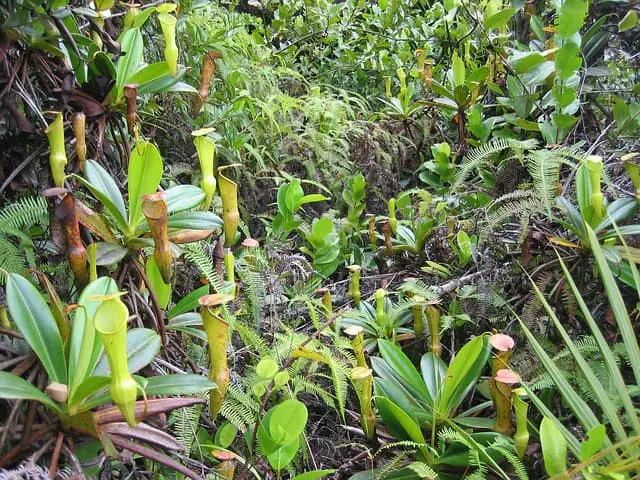Carnivorous plants are fascinating, and Venus flytraps are one of the public’s and my personal favorite. Venus flytraps are unique. They characterize by their modified leaves, which have evolved to look like jaw-like structures. When you are a Venus flytrap owner, it is very exciting to feed your plant. You can observe the trapping mechanism and give your plant some extra nutrients. However, some growers might get too excited about feeding their plants. This post will answer a common question about the feeding procedure: Can you overfeed a Venus flytrap?
Venus flytraps are designed to catch bugs. Can you feed a Venus flytrap too much? (Give it too much love) Yes.
Growers can overfeed their Venus flytrap and end up harming the plant by incorrect portion size, frequency, or food options.
Let’s start by explaining the reasoning behind the trapping mechanisms of Venus flytraps. Then, I will explain the current method to feed Venus flytrap and avoid overfeeding.
Why do Venus flytraps consume bugs?
Venus flytraps are native to South Carolina and North Carolina in the United States. Their habitat is referred to as the wetlands of the east coast. There, they have exposure to high humidity, an abundance or sunrise, and water. Also, the soil in the Venus flytrap habitat is inferior.
The soil lacks the necessary nutrients most plants need to develop correctly. Due to the lack of soil nutrients, Venus flytrap evolved to perfect a bug trapping mechanism. These plants extract vital nutrients from their prey and supplement their diet.
Venus flytraps can produce most of their food through the photosynthesis process. They can survive without bugs for a very long time or even forever. Still, the insect’s Venus flytraps consume, helps them thrive.
You will notice a significant difference between plants that are fed bugs and plants that live without them. I will encourage any Venus flytrap growers to feed their plant or make sure their plants can catch their own prey.
When to feed Venus flytrap
Outdoors
I grow my plants outside either in the garden or a balcony. There, my Venus flytraps can catch their own prey. I double-check every so often, but every few weeks without fault, there will be at least one trap that is shut and consuming some type of insect.
When you grow Venus flytraps outdoors, they will be more independent. In almost all cases, you won’t have to feed them manually. The only exceptions come when you live in an area with too much concrete and a lack of insects. Still, that is extremely rare.
Venus flytraps are smart creatures. Their trapping mechanism is designed only to activate if a live being is inside a leaf. Also, they only consume bugs that are the right size. Do not worry about your plant been overfeed when placed outdoors. Venus flytrap’s mechanism will do what it is best when catching or releasing potential victims.
Indoors
People grow Venus flytraps all over the world. And in many cases, the outdoor environment is not appropriate for these plants. In those scenarios, it makes sense to grow Venus flytraps indoors.
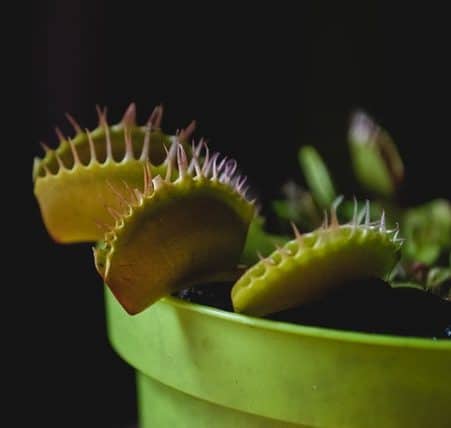
But, it is challenging for Venus flytraps to catch their food indoors. As an owner, you will have to feed your plant manually. Make sure to follow the instructions below to feed your plant correctly and avoid overfeeding.
Sometimes Venus fly traps will remain closed after consuming a bug and might never open back up. This article explains why venus fly traps won’t reopen. Spoiler: it is usually due to improper feeding, and for that reason, I recommend paying attention to the details.
Venus Flytrap Feeding Requirements
Venus flytrap owners might get too excited about feeding their new Venus flytrap. Follow the feeding considerations below to avoid overfeeding your plant:
- Frequency: Venus flytraps only need to eat once every two to four weeks. When you feed your plants following this frequency, only feed one trap at a time.
- Feeding during dormancy: You do not feed your plant during dormancy (late fall and winter). During this period, you can skip the feeding altogether. Learn more about dormancy with this article: Venus Flytrap Care Instructions (including dormancy)
- Prey size: Only feed your plant with a feed that is the right size. Pick an insect that is 1/3 of the size of the trap or smaller. If you can’t find one of that size, cut the bugs into pieces and feed your plant part of it.
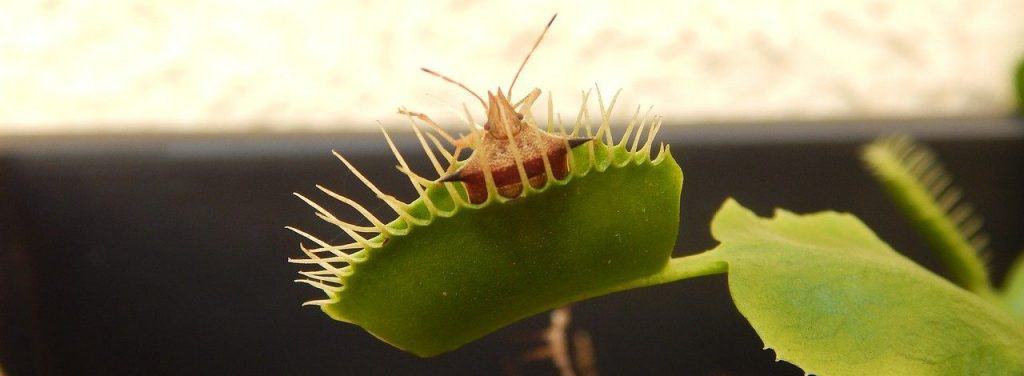
Overfeeding your Venus flytrap won’t kill the plant directly, but it can severely weaken it and eventually kill it. When you feed multiple traps simultaneously or an insect that is too large for a trap, traps tend to die. The plant won’t have enough energy to digest the large bug or several bugs simultaneously. Then, some of the traps will wither and die.
Related Questions
How many flies can a Venus flytrap eat in a day?
First, it is a common misconception that Venus flytraps only eat flies. Venus flytraps consume a variety of creatures such as spiders, ants, beetles, crickets, and flies. So, first, Venus flytraps consume a myriad of prey. Second, Venus flytraps do not catch prey daily. The appropriate feeding frequency is 2 to 6 weeks. Still, you could feed your plant weekly, but not every day. It takes the plant several days or even a couple of weeks to consume a small bug.
Fun fact: Venus flytraps are carnivorous plants; therefore, they can consume meat. In some rare scenarios, large Venus flytraps catch tiny frogs or rodents.
But, do not try to feed your plant anything besides bugs. Stay with the safe bet. You can feed them live insects. Also, you can feed dead bugs to Venus flytraps. It is convenient; you can buy appropriate feed online or at a pet store. Yet, the feeding process with dead bugs is unique. Read the article below for all the details: Can I feed dead bugs to my Venus flytrap?
How many bugs does a Venus flytrap eat?
In its lifetime? Probably hundreds. Venus flytraps have a life span of approximately 20 years. During that time, they consume a few bugs per month or even more!
What about fertilizing Venus flytraps?
Some people refer to fertilizing as plant feeding since most plants get their nutrients from the soil. It is not a good idea to fertilize your Venus flytrap. The only type of feeding these plants need is through their traps.
Venus flytraps can not handle minerals, and fertilizers are loaded with them. Fertilizers will weaken your plant and can eventually kill it. If you are concern about your plant not getting enough nutrients, focus on proper feeding rather than fertilizing.
Continue Learning
I hope I answered all the related questions and doubts regarding Venus flytrap overfeeding. Of course, this is only a small part of growing and caring for these plants. Read the article below for the complete care instructions:
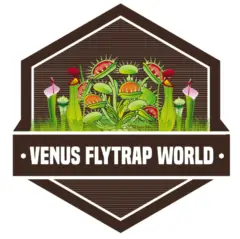

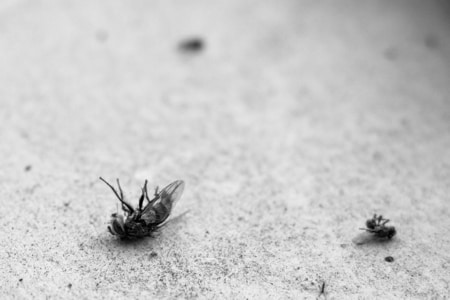
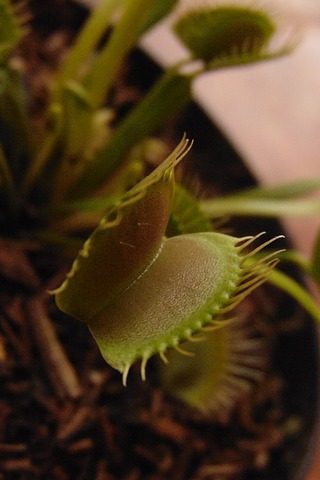
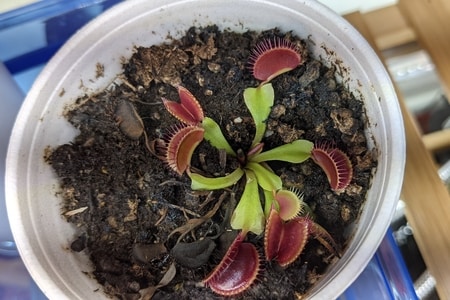
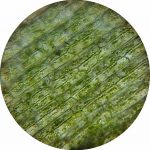
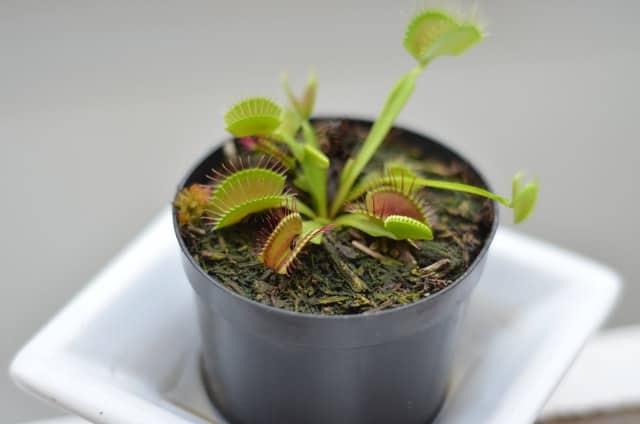
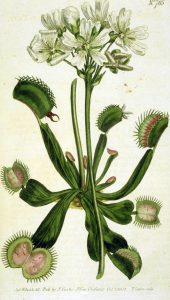
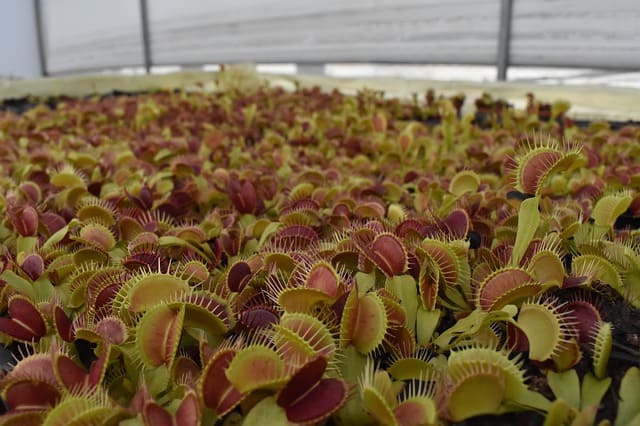
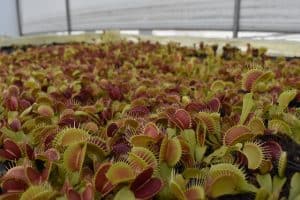 First, Venus flytraps do not exhibit nyctinasty behaviors. Second, the trap mechanisms of Venus flytraps have been perfected over time to conserve energy. Venus flytraps spend significant amounts of energy opening and closing those leaves. Therefore, the plant ensures opening or closing is worth it.
First, Venus flytraps do not exhibit nyctinasty behaviors. Second, the trap mechanisms of Venus flytraps have been perfected over time to conserve energy. Venus flytraps spend significant amounts of energy opening and closing those leaves. Therefore, the plant ensures opening or closing is worth it.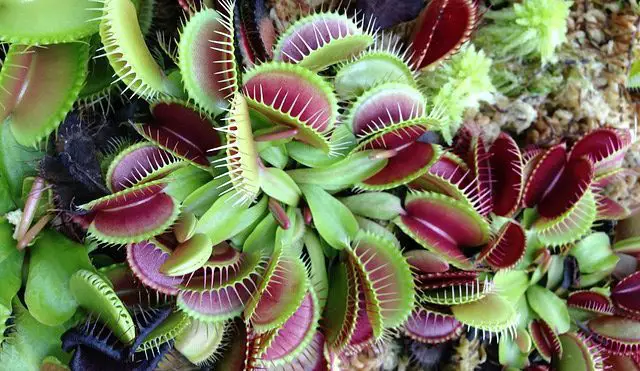
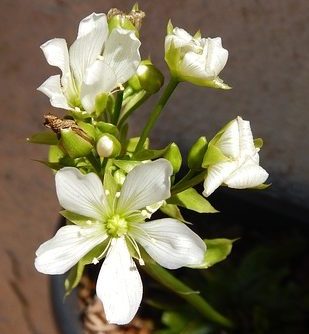
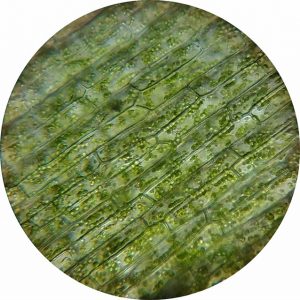 From a cellular perspective, plants and animals are also different. Animal and plant cells are both eukaryotic. However, organelles within the cell vary. For example, chloroplast, cell walls, and plastics are only found in plant cells.
From a cellular perspective, plants and animals are also different. Animal and plant cells are both eukaryotic. However, organelles within the cell vary. For example, chloroplast, cell walls, and plastics are only found in plant cells.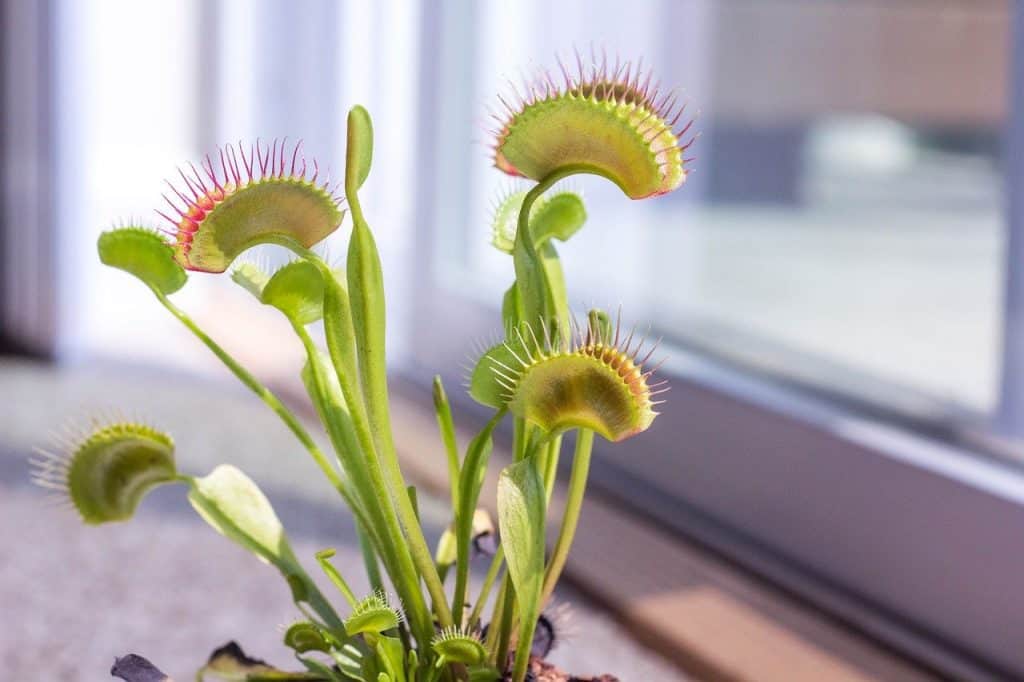
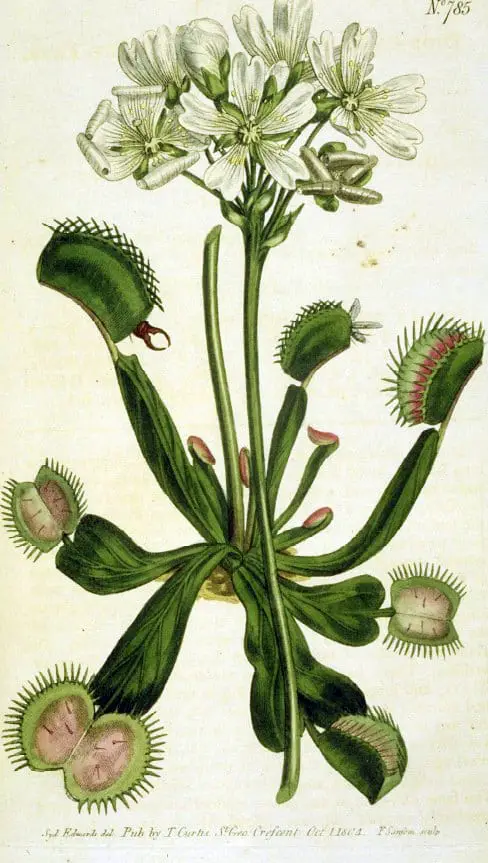
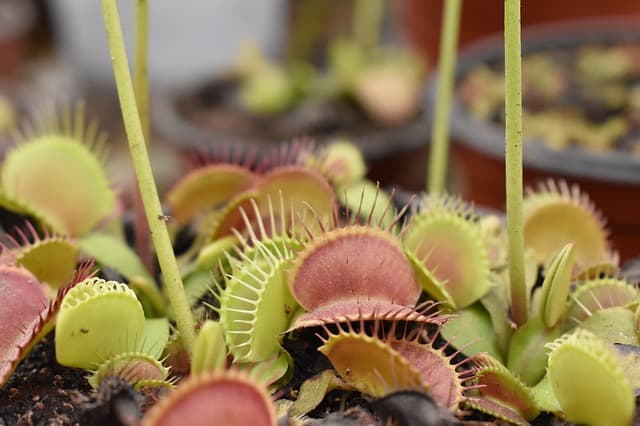
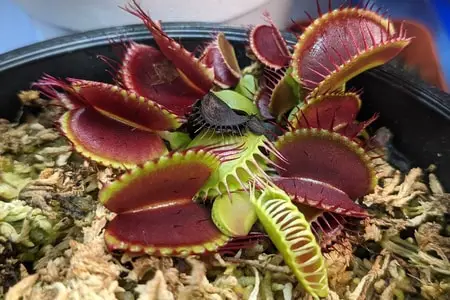
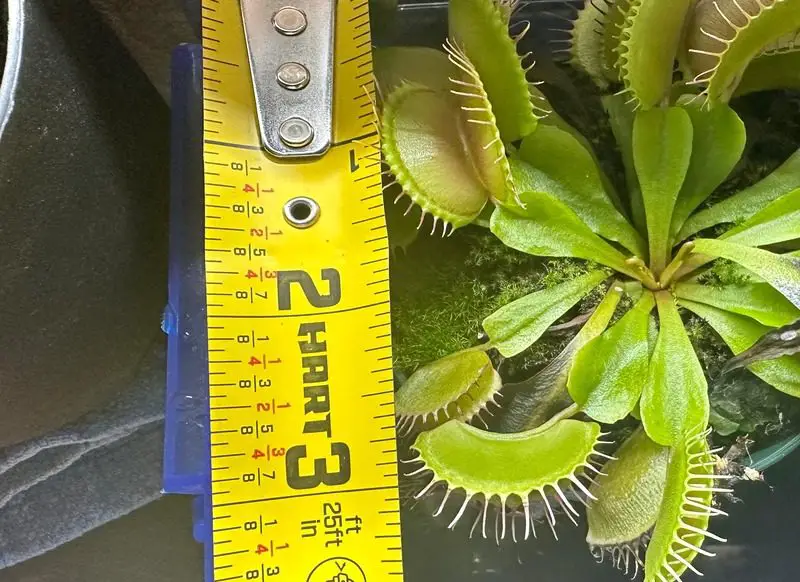
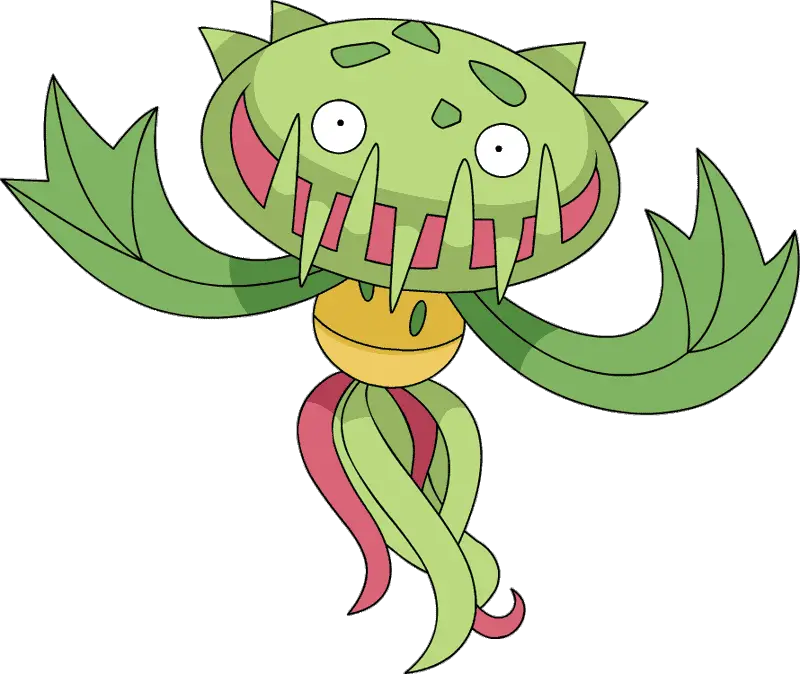
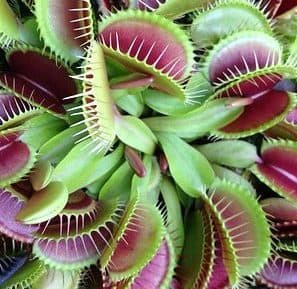 Color: The color of Carnivine is spot on (just like this picture on the right). Carnivine has green leaves, and the inside of its traps is reddish. Venus flytraps are naturally of those exact colors. However, growers have developed other colors of Venus flytraps over the years. Now, you can buy red and yellow Venus flytraps.
Color: The color of Carnivine is spot on (just like this picture on the right). Carnivine has green leaves, and the inside of its traps is reddish. Venus flytraps are naturally of those exact colors. However, growers have developed other colors of Venus flytraps over the years. Now, you can buy red and yellow Venus flytraps.